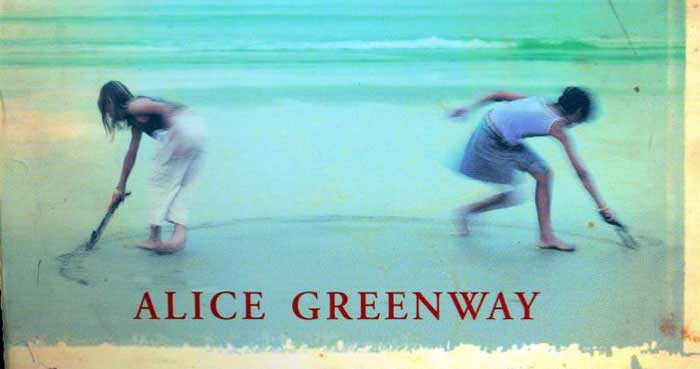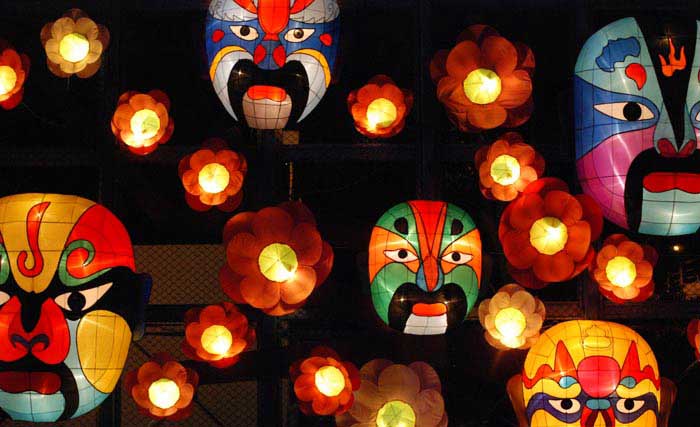Hong Kong is a city like no other. It's the place where the most modern skyscrapers stand tall next to historic temples. It's the place where east meets west in an interesting clash of civilizations. These singularities about Hong Kong have also attracted filmmakers interested in capturing the city's spirit. Here are some of the most notable films set in Hong Kong:
Directed by Johnny Mak,
Long Arm of the Law (1984)
was a marvelous pre-cursor to the explosive crime thrillers of John Woo and Ringo Lam. Famous for its quote "We'll act in unison from now on. All for one, right?" the film follows Red Guards-turned-armed robbers through the sharp end of these Mainlanders' dreams of making a fortune in the more "modernised" Hong Kong. With memorable scenes ranging from a helicopter ambush to a gunpoint standoff, the film reaches its climax with a shootout inside the claustrophobic Kowloon Walled City.
Election 2 also tops the list with its famous quote "I can also make you a deal. I can also be a patriot." Directed by Johnnie To, the film shows an intrinsic interest in the triad society's origins. The political satire shows the power struggles surrounding the biannual voting process at the top of "Hong Kong's oldest triad." The film mocks simplistic capitalist ideals and aspirations in the very same stroke.
The Private Eyes, directed by Michael Hui and released in 1979, impresses the audience at once with its wordless opening credit sequence showing only the characters' feet. The comedy is known for many quotes, including:
"Eating too much will cause hemorrhoids, don't you know? Name one person with hemorrhoids who doesn't eat."
"I said when I died, that I'd come back. If you believe in ghosts, you're on the right track. I'm out of the grave, and roaming the moores. If you want to be safe, you better lock all the windows and screens."
"In this house, it's hard to survive. Some'll be dead, who are now alive. Mr. Uwatsum is gone, ‘cause he knew too much. Bye for now, but rest assured we'll keep in constant contact with each other."
"Sucked the brains clean out of a pig."
"You know who you are? You're the two idiots what got your picture in the newspaper.
The characters include a cheeky boss ready to exploit his employees, a kung-fu fighting apprentice and a stupid assistant who will test a bomb for him, literally. The comedy includes Bruce-Lee inspired fight scene with flour and sausages.
The Arch is the first feature by Cecile Tang, one of the extremely few woman filmmakers then working in Hong Kong. This legendary film, released in 1969, is one of the most significant classics in film history despite its limited distribution. The film tells the story of Madam Tung, a dignified middled-aged widow soon to be honored by the emperor for her chastity. Meanwhile, she is tormented by her suppressed desire for a cavalry captain stayer at her aristocratic residence. The main character meets her misery when the captain turn his attention to her young daughter. A famous quote from this film is "We can't take the plums home."

.jpg)


